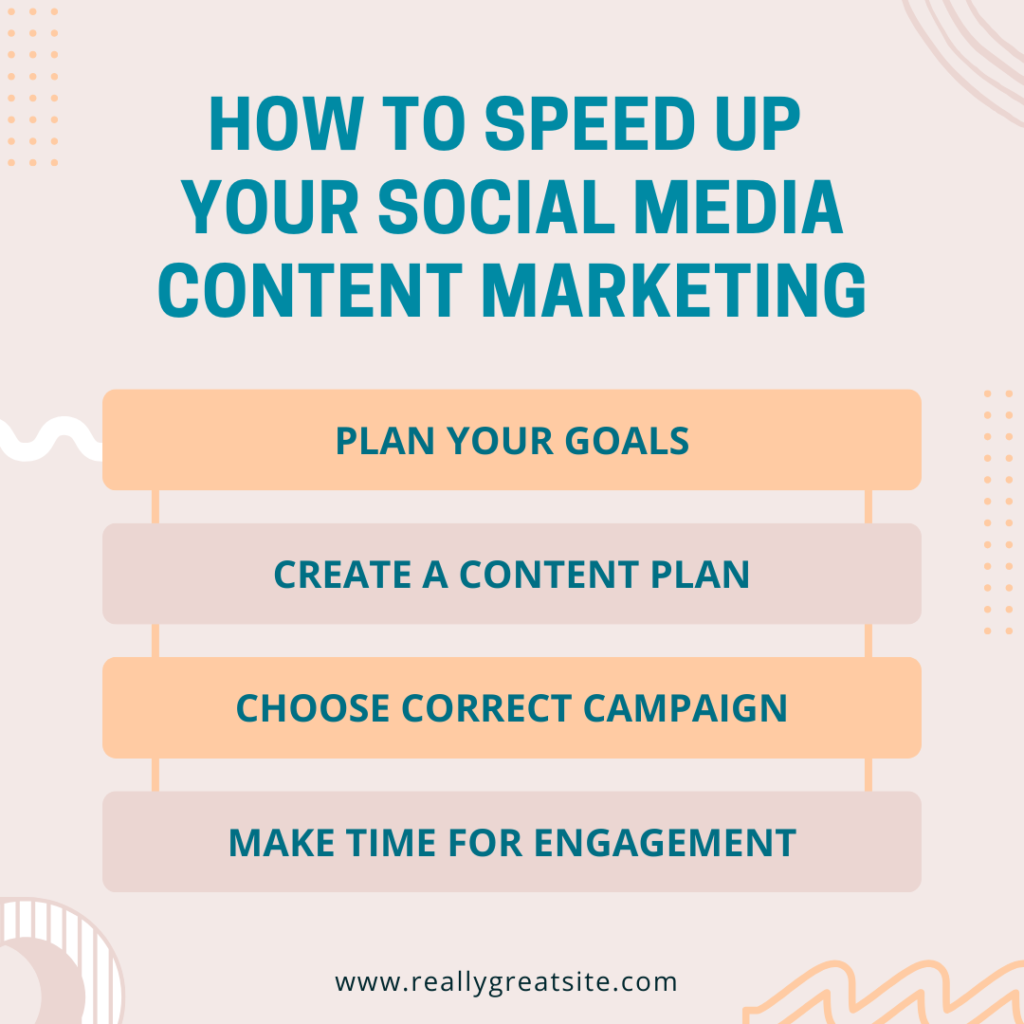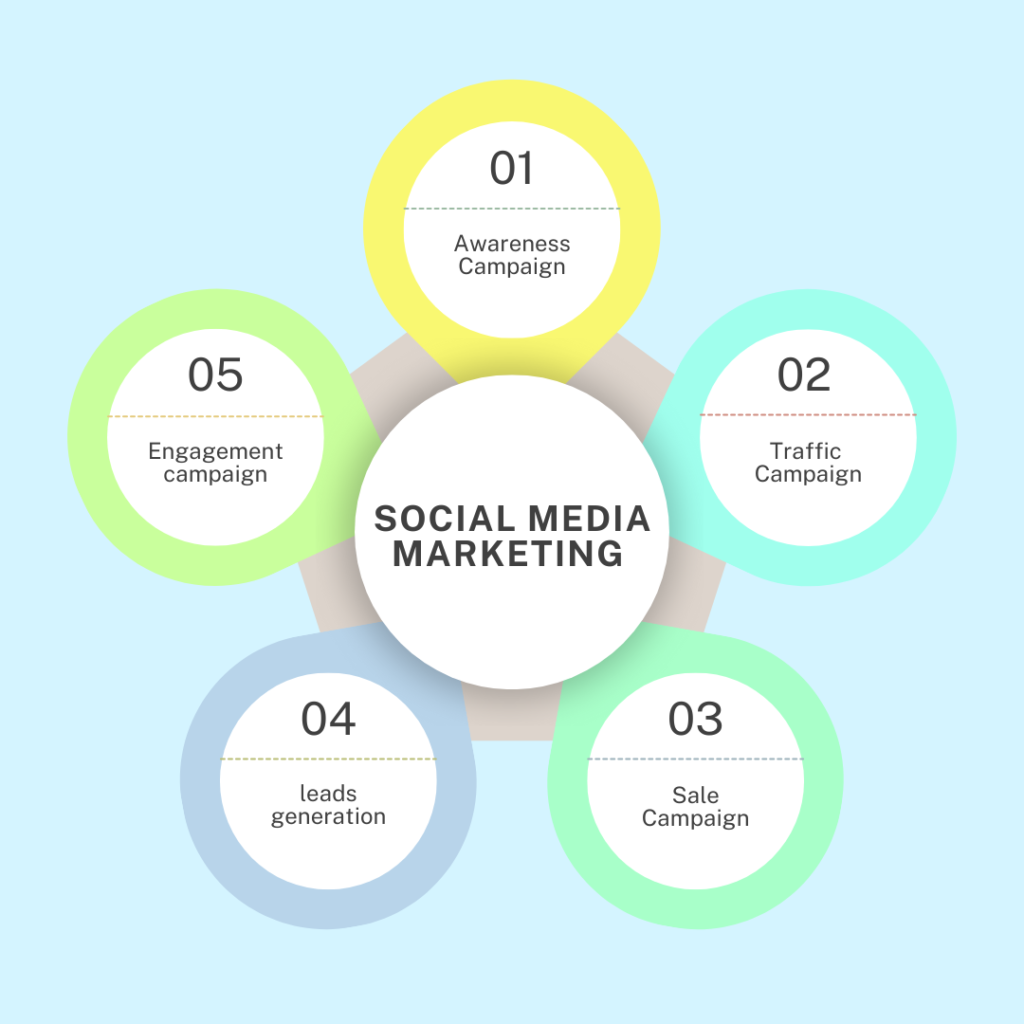Learn how to start social media marketing with this beginner-friendly step-by-step guide. Boost your brand, reach more people, and grow online.
How to Start Social Media Marketing?
In today’s time people are using the internet and social media more than ever. That’s why it is very important to use social media to promote your work or business. It’s not just a trendy thing—it’s something you truly need to do.
Whether you work alone, run a small business, manage a big company, want to become a digital marketer, or simply want to use social media the right way to reach more people—social media can even help you get more customers.
In this guide, we will explain step-by-step how to start social media marketing, what tools you will need and how to effectively use social media to grow your presence.

What is Social Media Marketing?
Social media marketing is a process where we use platforms like Facebook, Instagram, Twitter, and LinkedIn to promote our products or services. It includes creating and sharing content, running ads, and increasing brand awareness among as many people as possible.
The goal is to drive more traffic to your website, generate leads, and boost sales. It is also a cost-effective method, which means it doesn’t require a lot of money, yet helps you reach a large audience and grow your business online.

Why Social Media Marketing is Important?
Social media marketing is important because it helps businesses reach lots of people quickly and without spending too much money. Since many people use Instagram, Facebook, and YouTube every day, it’s a great way to connect with them. It helps more people know your brand, brings visitors to your website, increases sales, and lets you talk directly to your customers. It also shows what people like, so you can improve your marketing.
How to Start Social Media Marketing (Step-by-Step)
Step 1: Define Your Goals
First decide what you want to achieve with social media. Having clear goals helps you plan better. Some common goals are:
- Making more people know about your brand.
- Getting more customers and sales.
- Getting more likes, comments, and shares.
- Bringing more visitors to your website.
- Building a group of loyal followers.
Make sure your goals are SMART — that means they should be clear, you can measure them, they are possible to reach, important to you, and have a deadline.
Step 2: Know Your Target Audience
You can’t sell well if you don’t know who you’re talking to. Think about who your perfect customer is, what they like, what problems they have, and which social media they use the most.
Making a customer profile helps you create the right content and pick the best places to share it.
Step 3: Choose the Right Social Media Platforms
Not all social media platforms are the same. Which one you choose depends on who you want to reach and what you want to do:
- Facebook: Good for building groups and running ads.
- Instagram: Best for pictures and young people.
- LinkedIn: Great for business and professionals.
- Twitter (X): Good for quick news and talking with people.
- Pinterest: Perfect for topics like fashion, travel, and food.
- YouTube: Best for longer videos.
Start by focusing on 1 or 2 platforms and learn how to use them well before trying more.
Step 4: Create a Content Strategy
Content is very important in social media marketing. Your plan should include:
- Different types of content like pictures, videos, stories, and live videos.
- Different kinds of posts such as teaching something, entertaining people, promoting your product, or inspiring others.
- How often you will post, like 3 times a week.
- Using hashtags that match your topic so more people can see your posts.
Tip: You can use free tools like Canva to make designs and ChatGPT to help write captions and get ideas.
Step 5: Set Up and Optimize Your Profiles
After picking your social media platforms, create your business accounts and make your profiles strong:
- Use a clear profile picture like your logo or your photo.
- Write a short, interesting bio with important words about your business.
- Add a link to your website or a special page.
- Keep your style and tone the same on all platforms.
A good profile helps people trust you and quickly understand what your business is about.
Step 6: Use Social Media Tools
To make social media easier and stay regular, use tools that help you:
- Plan and schedule posts like Buffer, Hootsuite, or Later.
- Check how well your posts are doing with tools like Meta Insights or Instagram Analytics.
- Make cool designs using Canva or Adobe Express.
- Find popular topics using Google Trends or Exploding Topics.
These tools save time, keep you organized, and help your business grow faster.
Step 7: Run Paid Ads (Optional but Powerful)
If you don’t have much money to spend, social media ads can help you reach more people fast. Tools like Meta Ads Manager let you show ads to people based on their age, interests, habits, and where they live.
Start with small ads for things like:
- Getting new customers.
- Bringing visitors to your website.
- Promoting your products or services.
Watch how well your ads do, and change your plan to get better results.
Step 8: Analyze and Improve
The last step in social media marketing is to check how well you’re doing regularly. Look at things like:
- How many people see your posts (reach and impressions).
- How many new followers you get.
- How many likes, comments, and shares you get (engagement).
- How many people click on your links (click-through rate).
- How many people buy or take action (conversions).
Use this information to make your plan better and get more success over time.